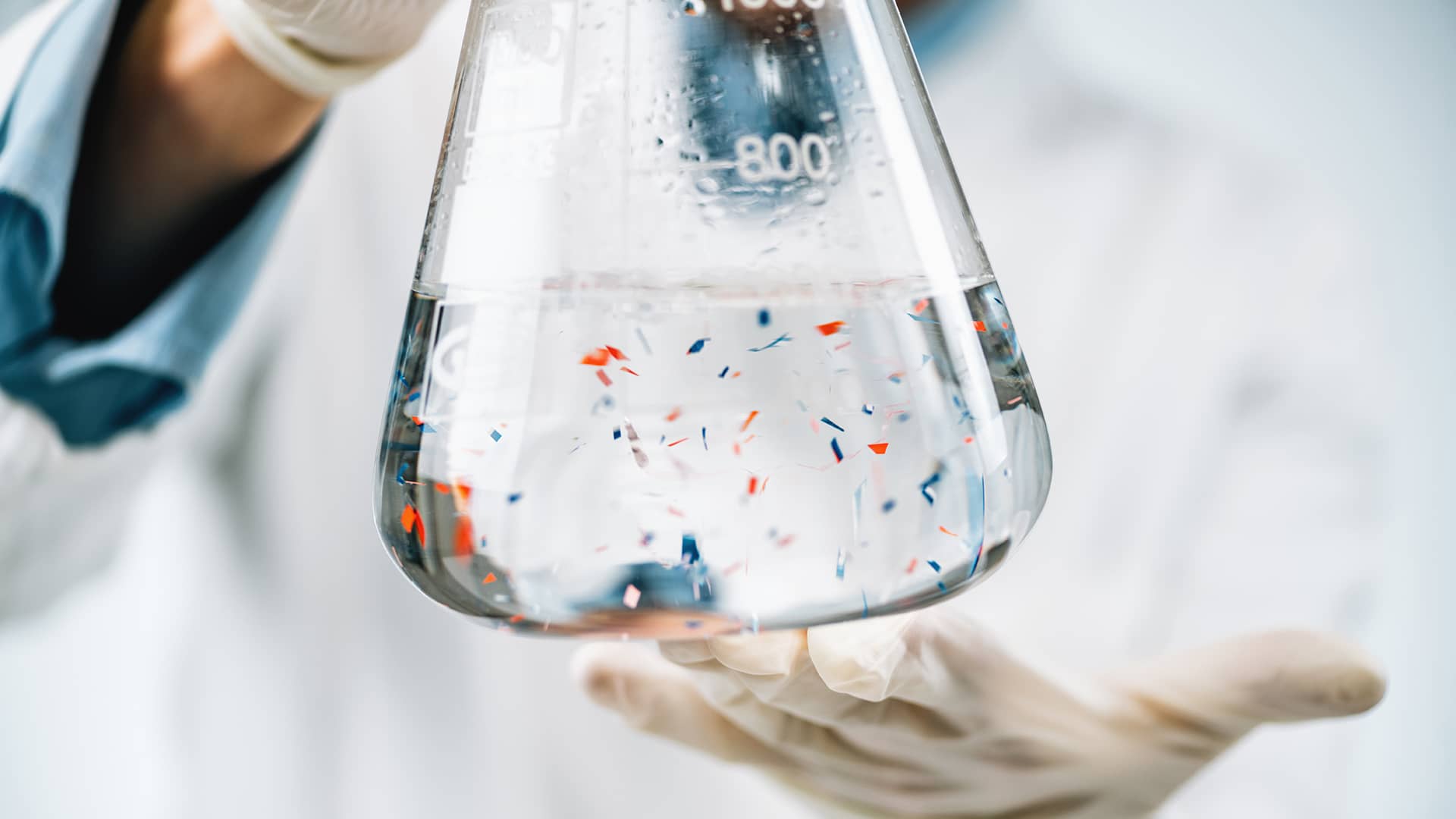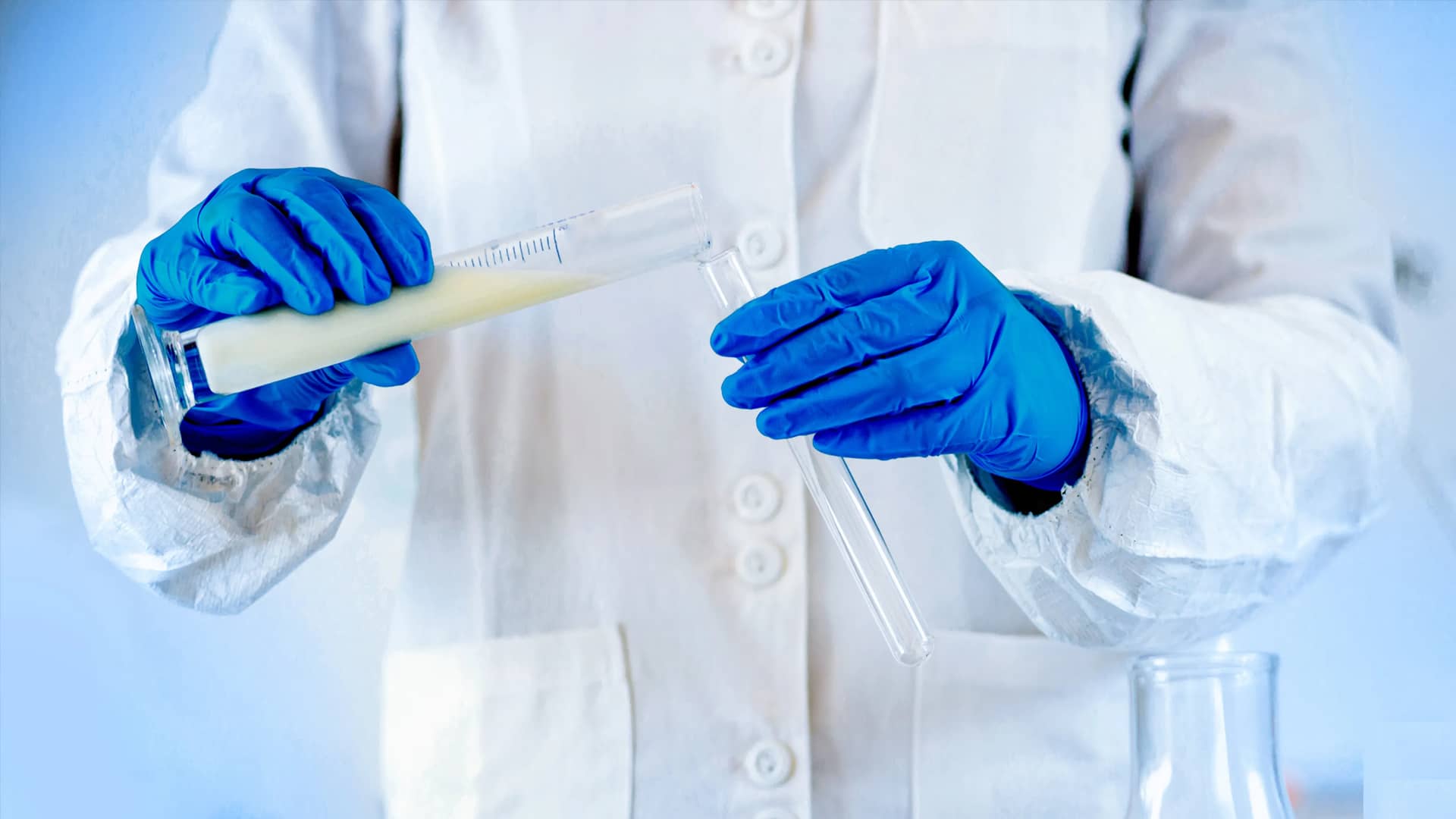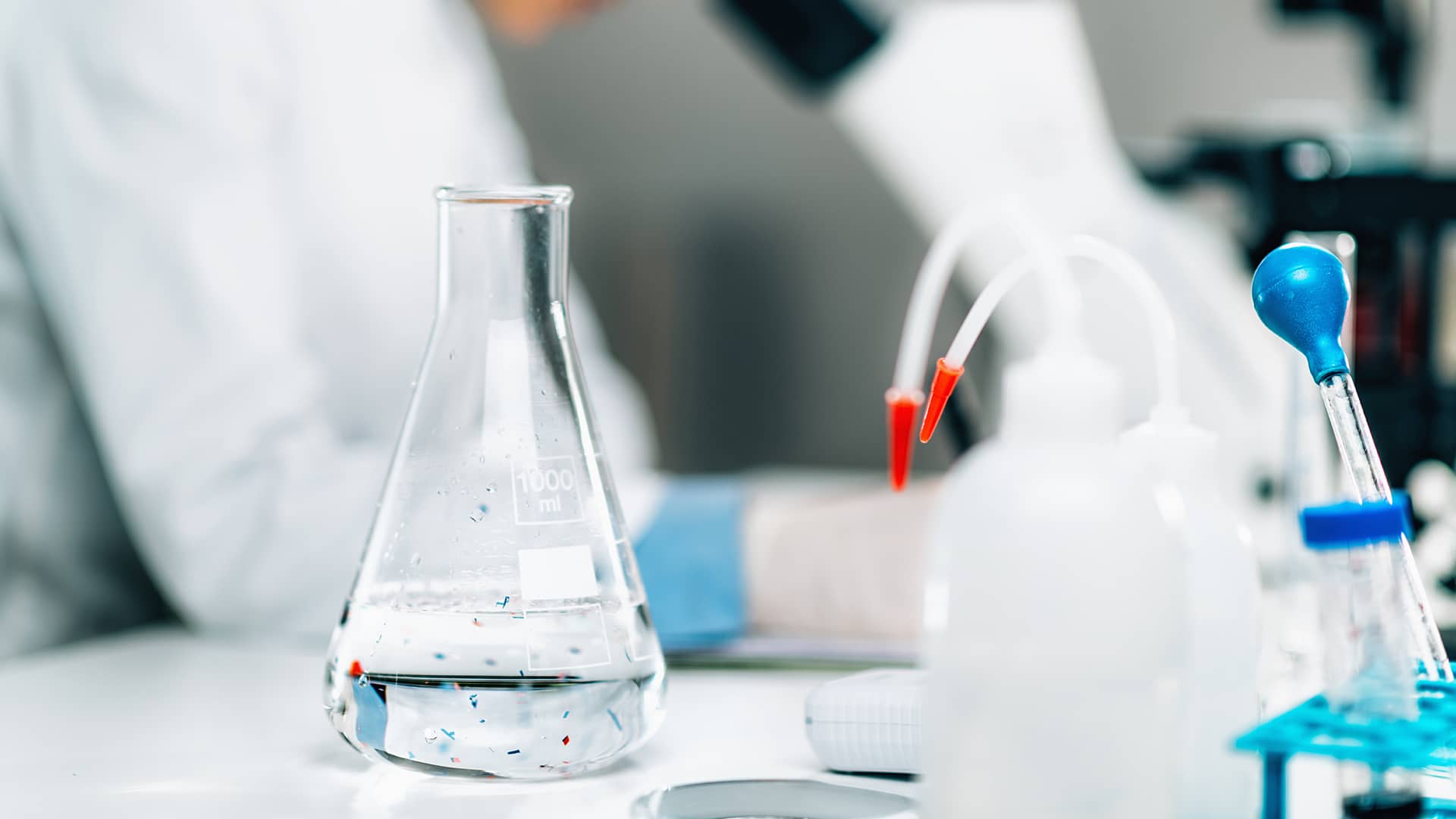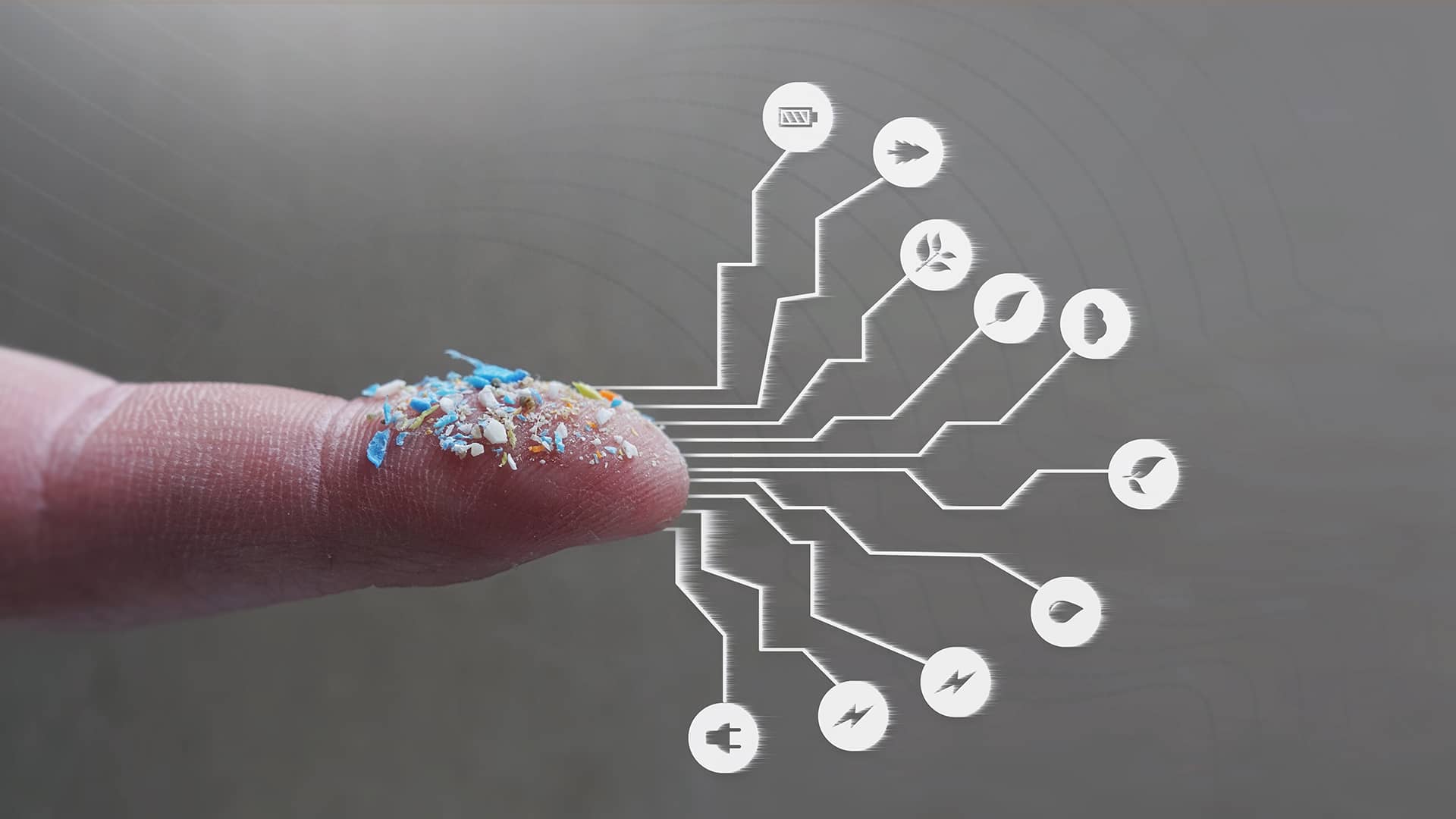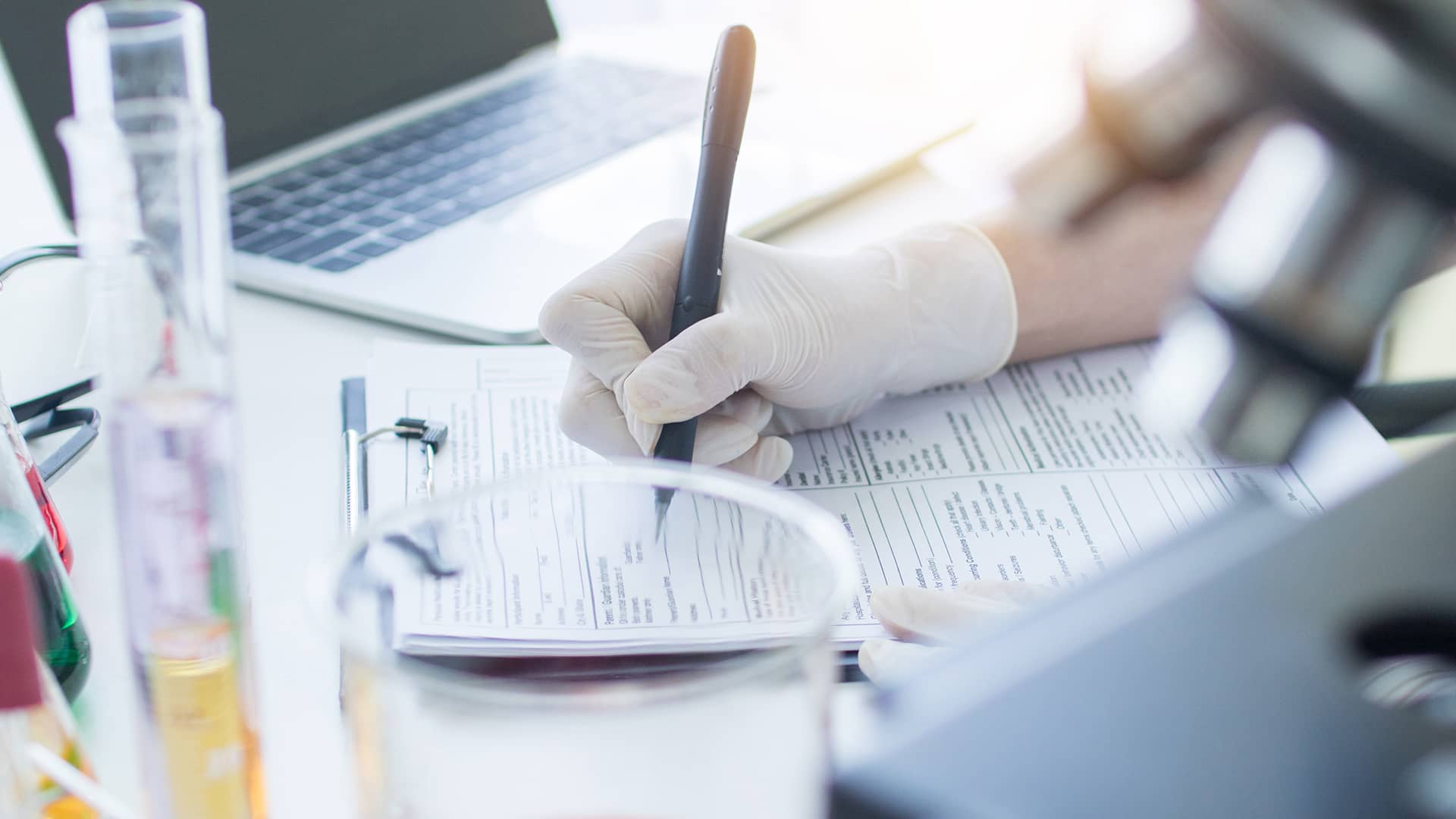Development and Validation of innovative characterisation methods for Small Micro- and Nanoplastics
The aim of this work package is to develop sample preparation strategies and measurements methods for SMPs (< 10 µm) and NPs (< 0.1 µm) in food related samples (drinking water and milk). The work package is focused on food matrices, since plastics with sizes below 10 microns are likely to pose an increased risk to human health, owing to the relatively high surface area per volume or mass and ability to translocate biological barriers, compared to particles with sizes in the upper microscale range.
For the purpose of this work package, innovative hyphenated methods with sample fractionation devices allowing separation according to size and molecular weight, coupled on-line to multiple detectors will be developed, for characterisation of size, size distribution, shape, surface charge, polymer type, mass concentration and number based concentration of SMPs/NPs (< 10 µm). Where the on-line coupling is not practically possible, separated fractions will be collected and analysed off-line (e.g. high-resolution microscopy). Particular attention will be paid to achieving the highest possible particle recovery rates with minimal alteration of particle characteristics and to establishing the lower limit of detection as a function of particle size. The performance of FFF-based sample preparation strategies will be compared with nanoscale filtration, in terms of sample recovery. The potential of simultaneous multi-parameter characterisation to improve measurements reliability will also be investigated in this work package through development of correlative approaches, such as EM/EDX, AFM-Raman, LD-IR/QCL or AF4/MALS/PTA.
Key Methods |
|---|
Light scattering methods, including (MA)DLS/ELS (0.3-1000 nm), PTA (40-1000 nm), MALS (20-500 nm and FPIA (200-1000 nm) for the characterisation of size, size distribution, zeta-potential and particle number-based concentrationwith a main focus on hyphenated approaches based on AF4 (1-1000 nm) and CF3 (50-20000 nm) fractionation; |
Spectroscopy-based methods, including CARS/SRS and LD-IR/QCL microscopy, for fast automation and data processing to provide number-based concentration and chemical identification, with a focus on hyphenated approaches based on AF4 and CF3. An on-line hyphenated prototype based on AF4-DLS-UV-Vis-Raman will be developed and optimised as well;
|
Mass spectrometry based methods, including Pyr-GC/MS and spICP-MS, for the determination of mass concentration and chemical identification, with a strong focus on hyphenated approaches based on AF4 and CF3 with sizing detectors; |
High-resolution microscopy methods, including automated HAADF-STEM with EDX, SEM-EDX with repositioning grid for correlative analysis with Raman, and a coupled AFM-Raman system, for the characterisation of size, size distribution, shape and chemical identification with a primary focus on correlative analysis performed on fractionated or filtered samples; |
Leader
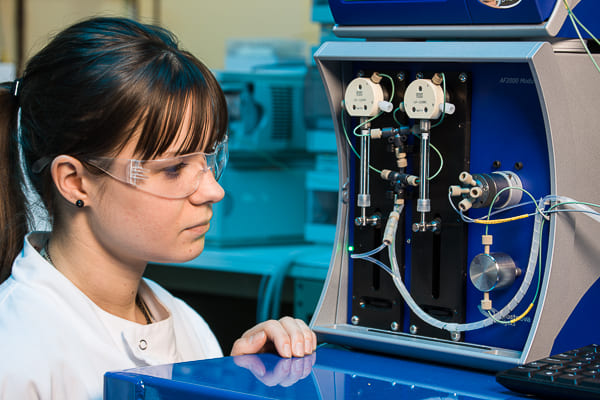
Main Goal
Development of innovative hyphenated, complementary and correlative analytical approaches for the measurement of SMPs (<10 µm) and NPs (<0.1 µm) in food related samples.
Key Outputs
- Optimisation of sample preparation methods for SMPs/NPs (<10 µm) in food matrices of increasing complexity (e.g. drinking water, milk);
- Development of innovative hyphenated methods with sample fractionation devices coupled on-line to multiple detectors for the characterisation of SMPs/NPs (<10 µm).
- Development of high resolution correlative approaches for potentially simultaneous multi-parameter characterization of SMPs/NPs (<10 µm).
- Publically accessible Data Library and Project’s Data Base to facilitate knowledge transfer and sharing within the consortium and beyond.
